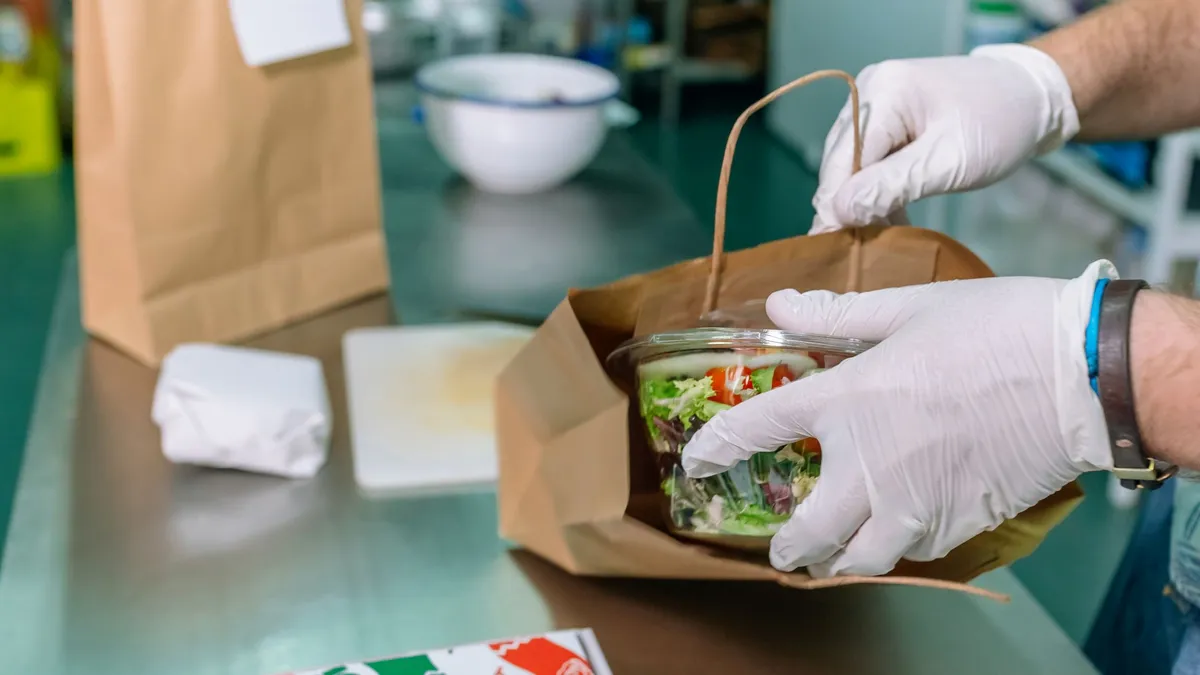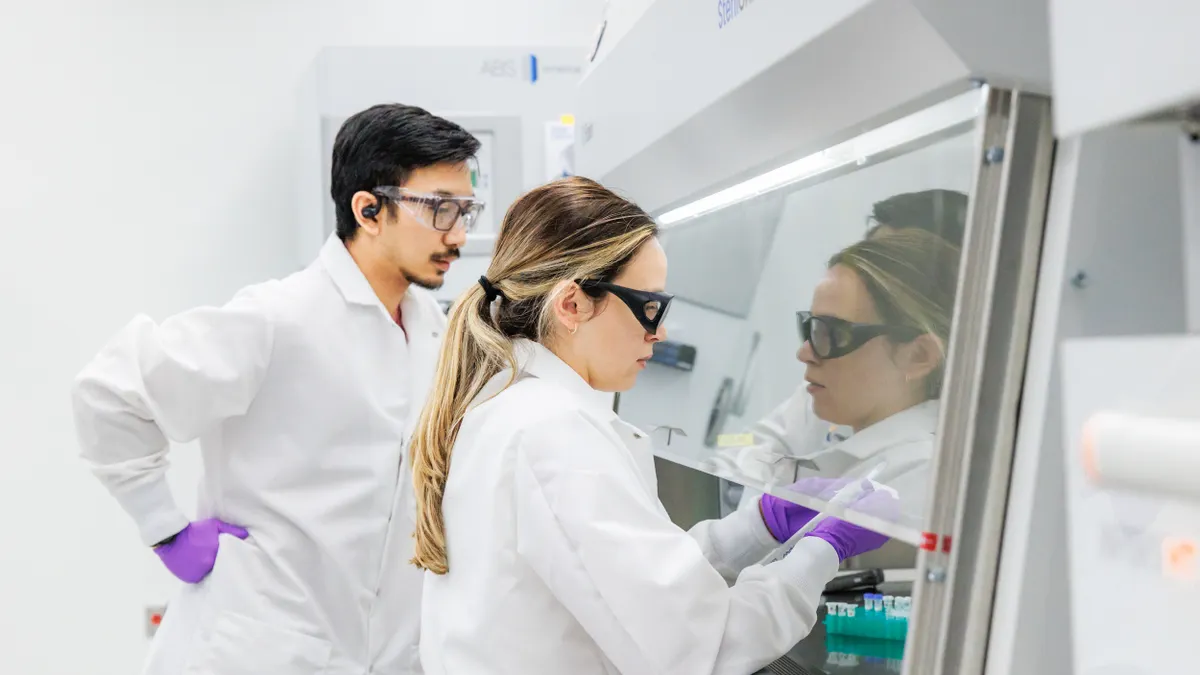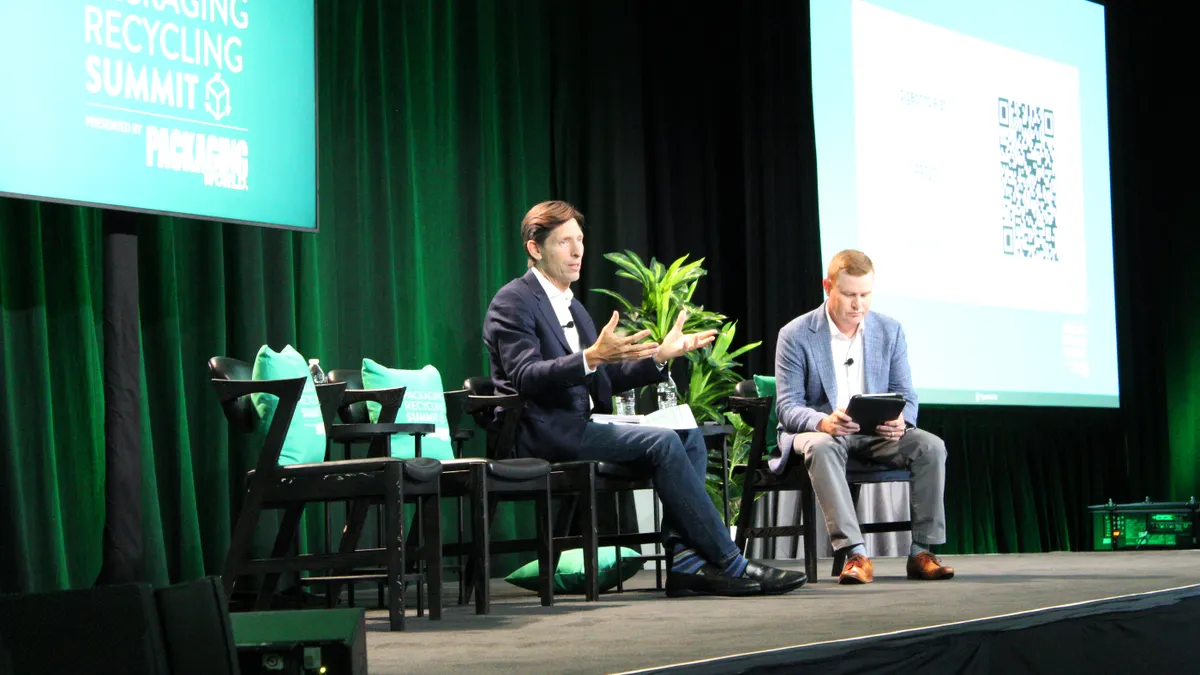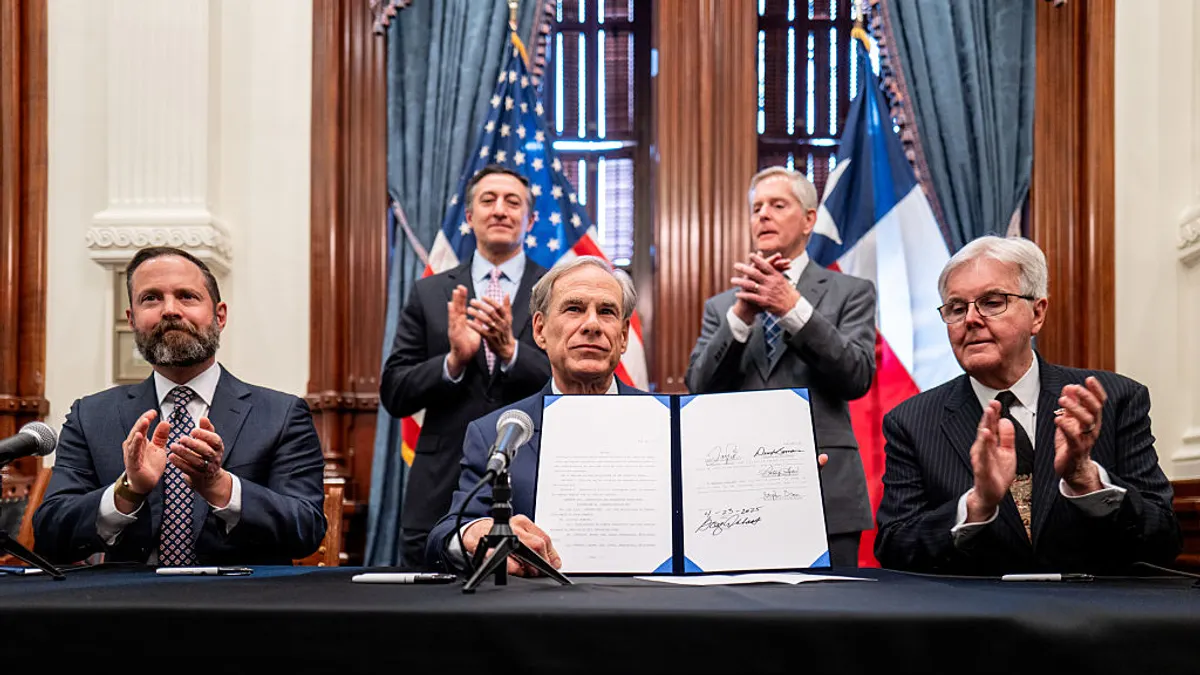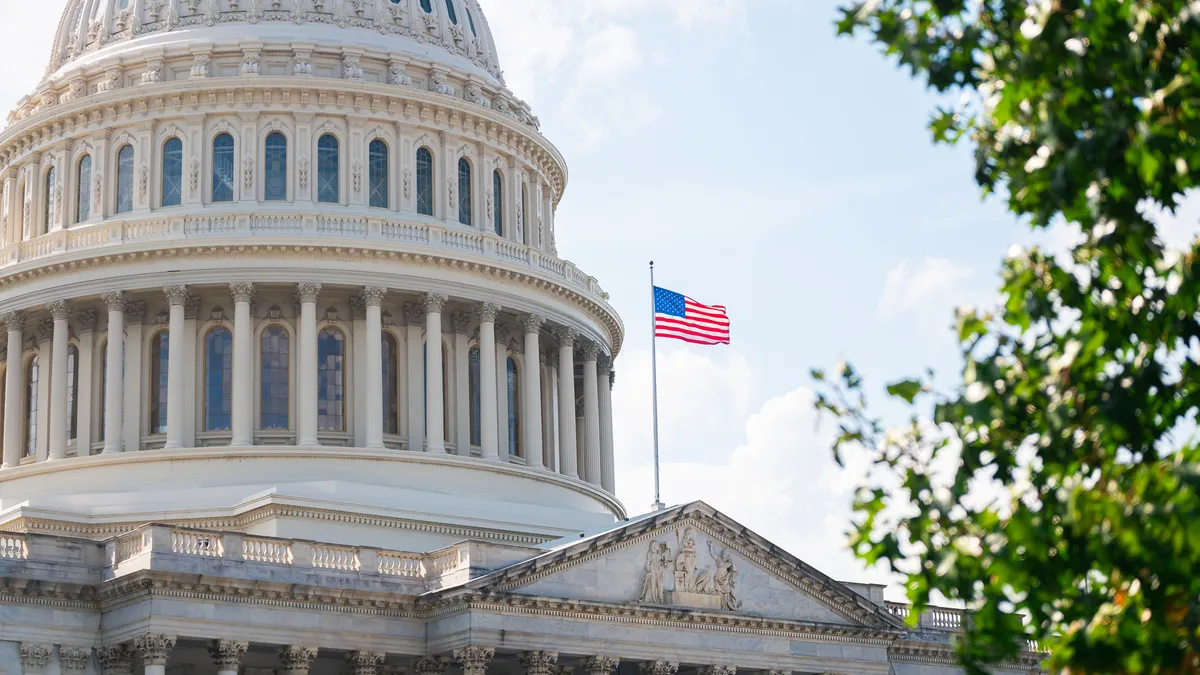The product, packaging and waste diversion experts who attended Circularity 24, run by GreenBiz from May 22-24, are plugged in to circular economy action. But what will it take to actually scale changes and move beyond current single-use packaging norms? These were some of the actionable strategy areas and themes that came up across numerous sessions that spanned circular packaging and policy topics throughout the week:
1. Embrace precompetitive collaboration
In order to make more circular packaging systems a reality, companies must get comfortable with an unnatural way of operating: engaging in precompetitive collaboration. This is especially applicable to reuse.
Precompetitive collaboration, shared infrastructure and possibly even the use of shared containers can unlock environmental benefits, said Rich Grousset, circular economy consultant at Eunomia Research and Consulting.
Nicol Sobczyk Costello, vice president of circular economy at L'Oréal, said that “until now, design has really been a precompetitive advantage.” But things are changing and the push for sustainability is an important opportunity for co-creation. “We should not consider sustainability to be a precompetitive advantage,” Costello said.
Pre-competitive collaboration will be important in designing for people and building behavior change, where there is not nearly enough investment currently, according to Svanika Balasubramanian, co-founder and CEO of RePurpose Global.
“How can we get more financing into precompetitive collaboration on design upstream so that we can have the right downstream infrastructure that works for everybody?” Balasubramanian said. “It does need to be a collaborative effort.”
2. Evolve beyond ‘pilot purgatory’
Multiple speakers at the conference expressed a desire to move beyond an era of piecemeal pilot programs and into wider implementation, particularly in the area of reuse. Andy Rose, head of circular system modeling and implementation at Perpetual, a nonprofit environmental services firm focused on scaling reusable foodware solutions in cities, used the term “pilot purgatory.”
Pilots don’t adequately account for the degree of behavior change necessary for reuse. “Behavior change doesn't happen on the order of magnitude of weeks. It might not even happen on the order of magnitude of months. It might take many, many, many months or years,” Rose said.
“The way that I've been thinking about it is when you try and do a reuse pilot to see if you can get consumers to engage and then return, but you've cut it off months later, it's kind of like saying the final score of the Yankees game is what it was in the third inning — you never even let the whole game play out to see what was possible,” Rose said. “I don't really care what our return rate is in month three of our pilot; the idea is that I'll be able to tell you what it is in year three.”
Rose said Perpetual is “allergic to the word pilot.” Perpetual advocates for the city-scale approach. The organization is currently working to get systems off the ground in Galveston, Texas; Ann Arbor, Michigan; Savannah/Chatham County, Georgia; and Hilo/Hawai’i County, Hawai’i.
“What we are doing is still very much intended to develop learnings ... but it is intended to have staying power and to be adjusted over time,” said Rose.
Perpetual believes that consumers will be able to adjust when systems are set up for longevity. But to date, “we've just created an unrealistic expectation that we can expect behavior change on really short time horizons.”
In a separate session discussing outcomes-based investments, Bridget Croke, managing director at Closed Loop Partners, offered an alternative opinion. She acknowledged that while she appreciates the current discourse around the limitations of pilots, it’s important to remember that pilots still play a key role in helping to learn about and guard against unintended consequences, which have the potential to scare off investors or shareholders.
3. Rethink marketing and consumer change
Another theme at the conference was the power of utilizing hope and positive psychology in making societal changes happen.
Sustainable packaging and waste diversion can actually delight consumers when they’re being invited to participate in something rather than shamed, said Julia Marsh, co-founder and CEO of Sway, a startup making seaweed-based, home-compostable replacements to single-use plastic film. “I can't emphasize it enough: people are going to get excited and tell their friends and it's going to become the norm because they're happy with the experience and how it makes them feel,” said Marsh.
“Marketing, communications, delight plays a huge role in helping materials go to the right place and ultimately changing that behavior,” said Marsh. On a decades-scale, recycling is still relatively young, so “I believe it is entirely possible that we can also make compostability or reuse systems more just a part of everyday behavior,” she said.
Numerous speakers also noted that what consumers have historically sought is based on what they’re used to the market providing. Crystal Dreisbach, CEO of reuse-focused nonprofit Upstream, offered up the term “packaging determinism.”
In a separate session, Upstream Policy Director Sydney Harris noted that the marketing paradigm could shift dramatically in an economy with interoperable reusable containers.
“What if we lived in a world as consumers where brands actually just competed on the product inside their packaging, and the packaging was just a means to deliver the actual product,” said Harris. “I want to live in that world. So I do think we need to start thinking a little bit outside the marketing box that we've been offering.”
4. EPR and plastics policies are not the enemy
The growing presence of extended producer responsibility for packaging in the U.S. was a hot topic at the conference — especially timely given Minnesota’s governor had just signed a new law, as well as the fact that multiple states are have key deadlines approaching for their own programs.
Many stakeholders believe future investments generated through these programs’ fee structures have the potential to transform recycling and reuse infrastructure.
Sustainability leaders at brands, which will be paying into those systems, have the potential to benefit from this transition. “Embrace the EPR laws that are coming. Ask questions ... I personally found EPR to help me in my job, because it's helped bring along the people who maybe weren't totally on board yet, because now it's a must-have,” said L'Oréal’s Costello.
In a session about plastics, ESG expert Dominique-Chantale Alepin of Alepin Law & Consulting discussed how policy changes are resulting in companies shifting from thinking about this internally through the lens of corporate social responsibility to risk mitigation. “I think that is the biggest trend that we will see over the next three to five years, is this complete transformation of thinking of this as risk.”
As such, Anja Brandon, associate director of U.S. plastics policy at the Ocean Conservancy, said businesses should see this as an opportunity. By “having less litigation and risk management issues, doing better and doing right by more communities,” that could more clearly illuminate the business case, Brandon described. “We need everyone else in this room to recognize and appreciate that there's a business case,” for policies around reuse, reduction and EPR.





